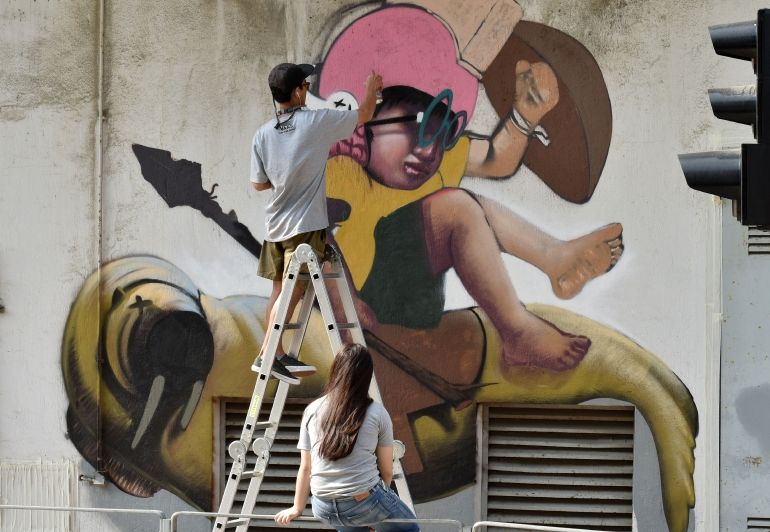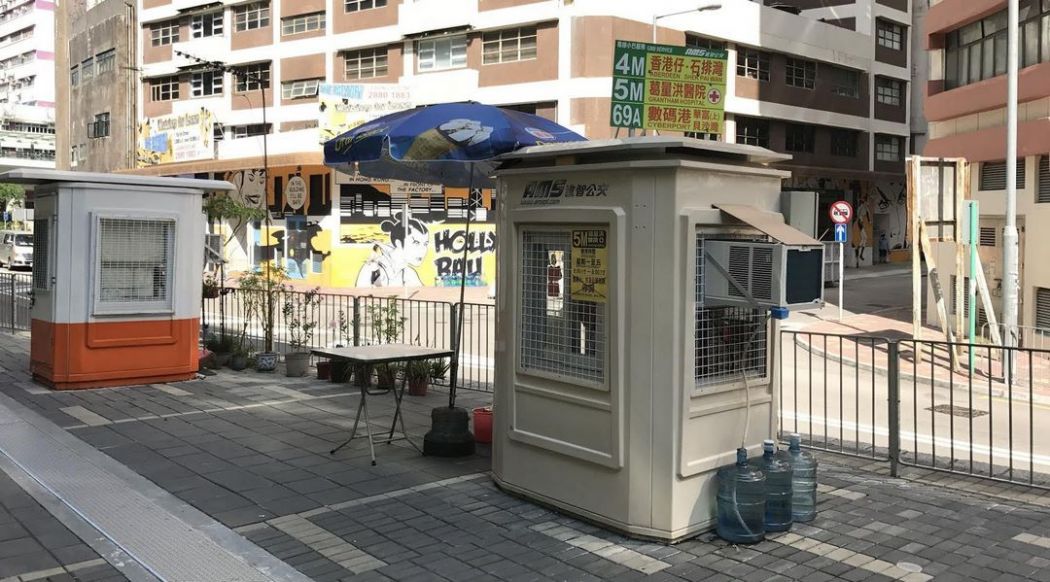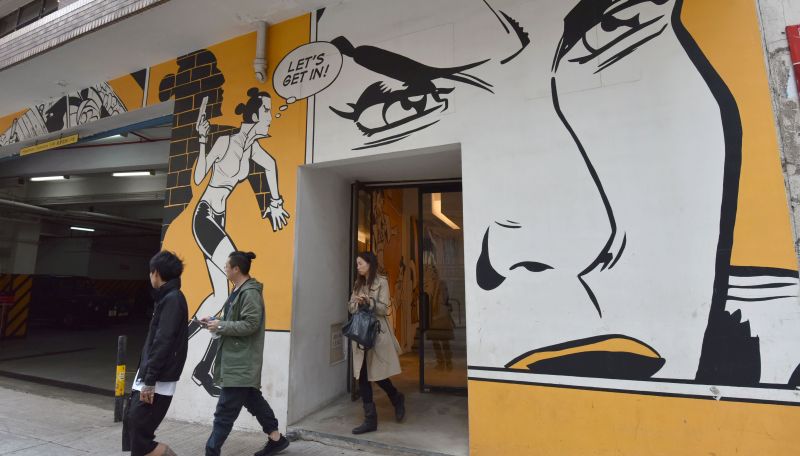Wong Chuk Hang is a neighbourhood in flux. What began as one of the earliest settlements on Hong Kong Island has gone from a quaint fishing village to a buzzing boat-building community, a manufacturing hub, and eventually a neglected, postindustrial backwater.
Now, one year on from the opening of the MTR’s South Island Line, it is undergoing its latest metamorphosis. Art galleries, cafes and breweries have set up shop in disused old warehouses, murals decorate former factory walls, and a stream of creatives and media professionals have brought their businesses and their talents to these southern shores.

At the heart of this exciting, up-and-coming community is Wong Chuk Hang station itself. But in spite of promising plans put forth by the government, the reality that awaits visitors outside the station is grim.
There is neither greenery nor seating in the bus stop area, where passengers must queue unshielded from the rain or sunshine. Kiosks for bus staff appear to have been an afterthought—ramshackle plastic huts without even lavatory access.

Architectural firm HOK are proud to call Wong Chuk Hang their new home, and believe it deserves better. Together with Southern District Councillors Paul Zimmerman and Kevin Tsui Yuen-wa, they unveiled alternative design suggestions for the station’s public transport interchange on Wednesday.
HOK Regional Leader of Planning Barry Day introduced a series of four designs comprising a full or partial glass canopy overhanging a broad walkway lined with integrated seating, planters and permanent kiosks for bus staff.

According to Day, a thoughtful redesign of the existing facilities can do more than just improve locals’ daily commute: by creating a memorable arrival in Wong Chuk Hang, they can speak to the area’s evolving sense of identity and create something meaningful for the community at large.
To this end, he also encourages the use of industrial upcycling to reflect Wong Chuk Hang’s gritty past, and community artwork similar to the HKwalls murals nearby.

“We didn’t want this to be something theoretical that couldn’t be implemented,” Day said, adding that the idea “could be easily implemented and addresses all the technical requirements for such projects.”

As the neighbourhood’s representative in the Southern District Council, Tsui shares Day’s vision of a resurgent Wong Chuk Hang that aspires to become more than just a hip new destination but “the centre for all of Southern District.”
As Wong Chuk Hang realises its true potential, its MTR station will come to represent the gateway to the south.

The government has earmarked HK$13.5 million for a narrow steel walkway cover to be erected at the bus interchange, but Zimmerman says this solution is “cheap” and provides little shelter. “It is redolent of a very Hong Kong affliction: buildings that seem heavenly above the podium deck but put pedestrians and commuters through hell in bus facilities at the ground level.”
The proposed new canopy designs, which have been submitted to the District Council and MTR Corporation, are expected to cost between HK$25 and HK$50 million, depending on which option is chosen. “This is the heart of Wong Chuk Hang. We have to make it something spectacular,” says Zimmerman.
